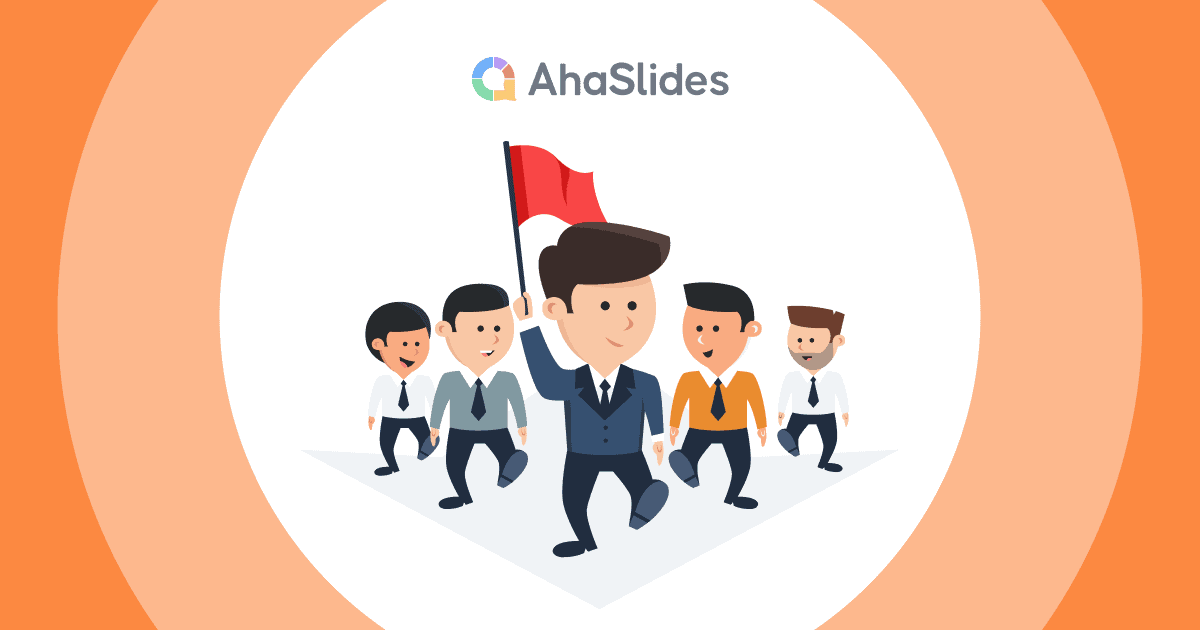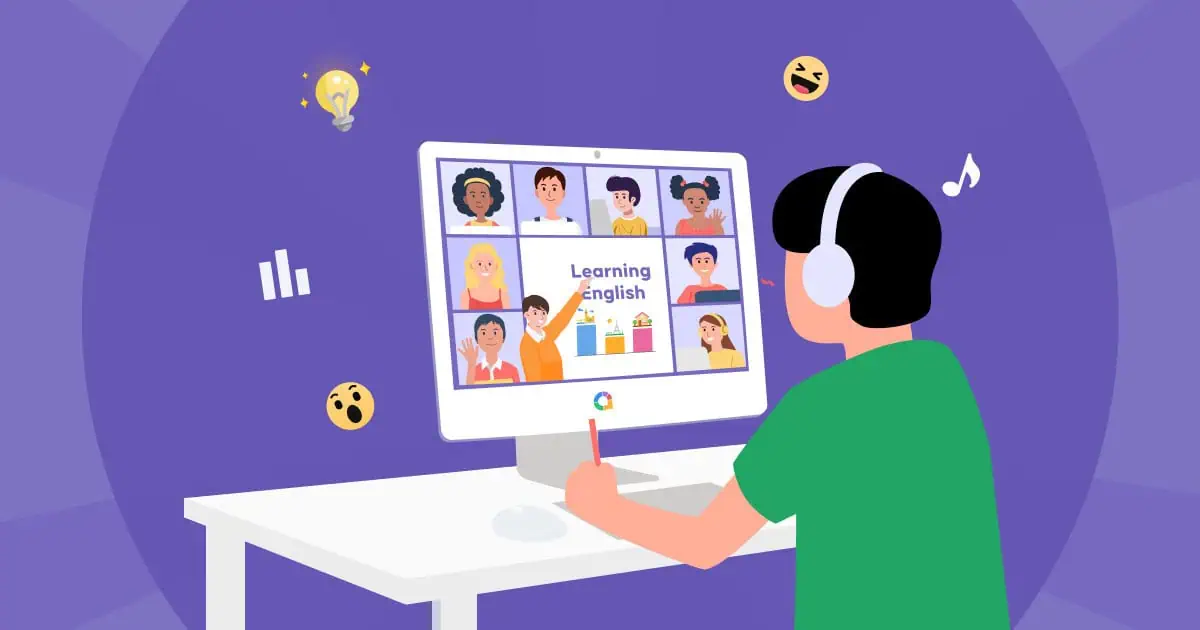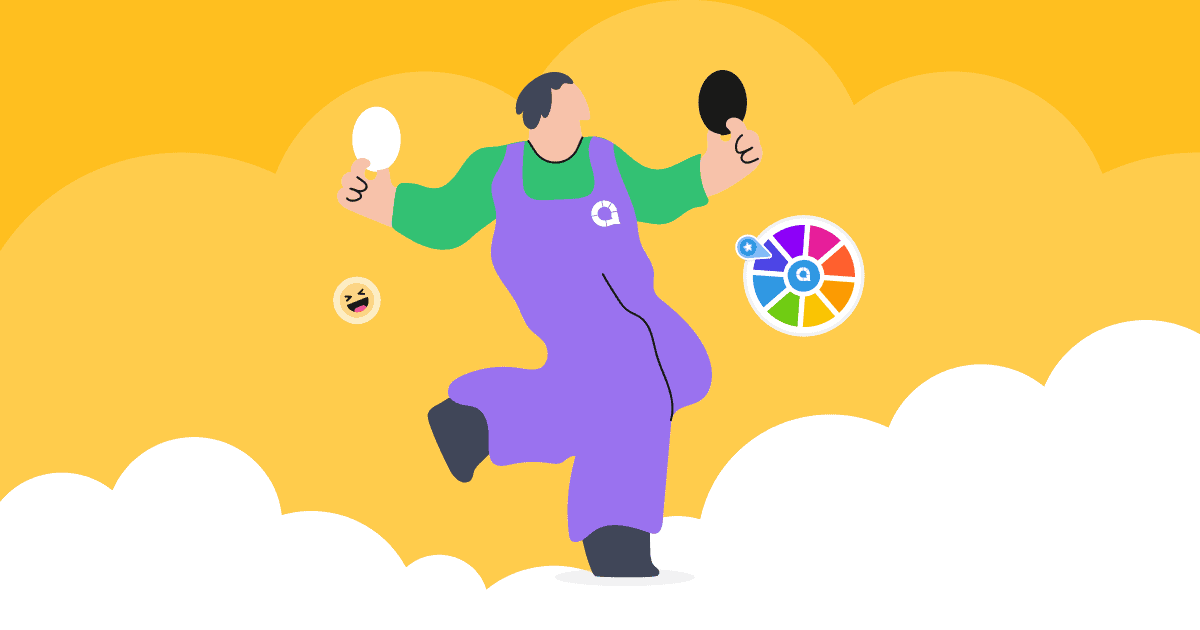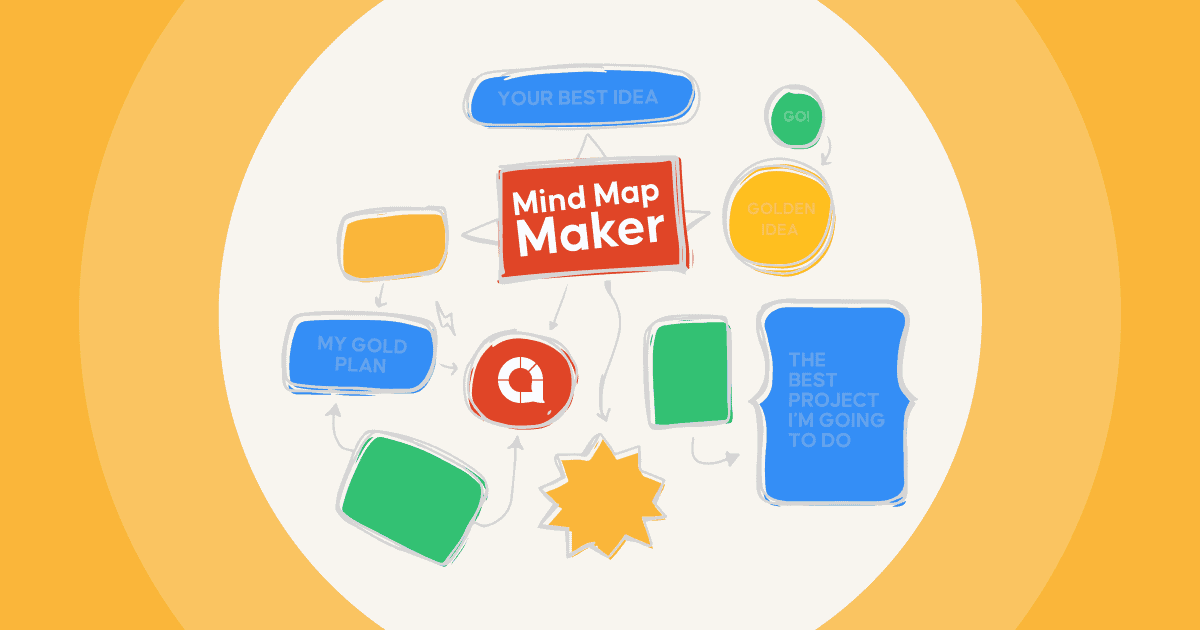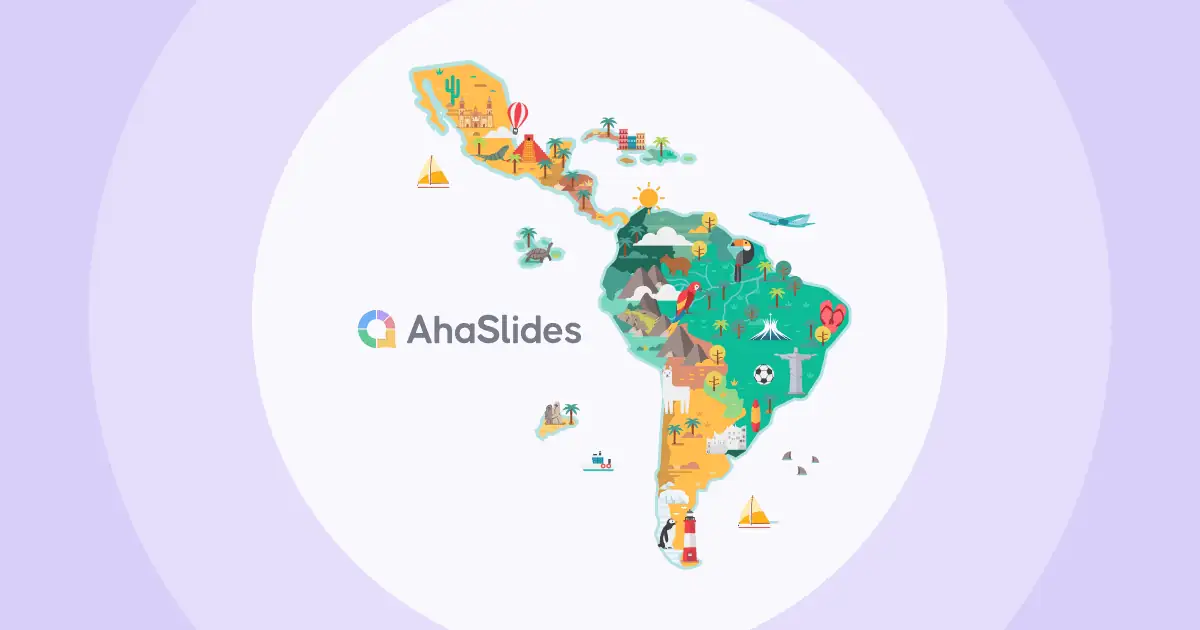Did you know that some people learn best when they're on the move? Meet the kinesthetic learner – those energetic individuals who thrive through physical experiences in which bodies and minds collaborate in a unique learning dance.
In this blog post, we'll explore what it means to be a kinesthetic learner, uncover their characteristics, strengths, and weaknesses, as well as share valuable insights and practical strategies to engage them effectively in the classroom.
Get ready to create an interactive and engaging learning space!
| Who is the founder of kinesthetic learning style? | Neil Fleming |
| What percentage of people are kinesthetic learners? | Around 5%. |
Table of Contents
- #1 - What Is Kinesthetic Learning Style?
- #2 - Characteristics Of A Kinesthetic Learner
- #3 - Kinesthetic Learning Style Examples
- #4 - What Are the Strengths Of A Kinesthetic Learner?
- #5 - What Do A Kinesthetic Learner Struggle With?
- #6 - Best Ways For Kinesthetic Learners To Study
- Final Thoughts
- FAQ
Tips for Better Class Engagement

Start in seconds.
Get free templates for your next class. Sign up for free and take what you want from the template library!
🚀 Grab Free Account
#1 - What Is Kinesthetic Learning Style?

Have you ever wondered why some individuals seem to grasp information and concepts better through physical experiences and movement? It's the kinesthetic learning style.
The kinesthetic learning style, known as "tactile" or "hands-on" learning, refers to a preference for learning through physical experiences, movement, and touch. Individuals with a kinesthetic learning style naturally involve their bodies when learning, using their sense of touch, motor skills, and physical sensations to understand and retain information effectively.
What does being a kinesthetic learner mean?
What are kinesthetic learners? As a kinesthetic learner, you may find it challenging to learn through passive listening or reading alone. Instead, you thrive in learning environments where you can participate actively, manipulate objects, and engage in physical activities.
You may prefer tasks that involve movement, such as experiments, simulations, role-playing, or interactive exercises.
#2 - Characteristics Of A Kinesthetic Learner
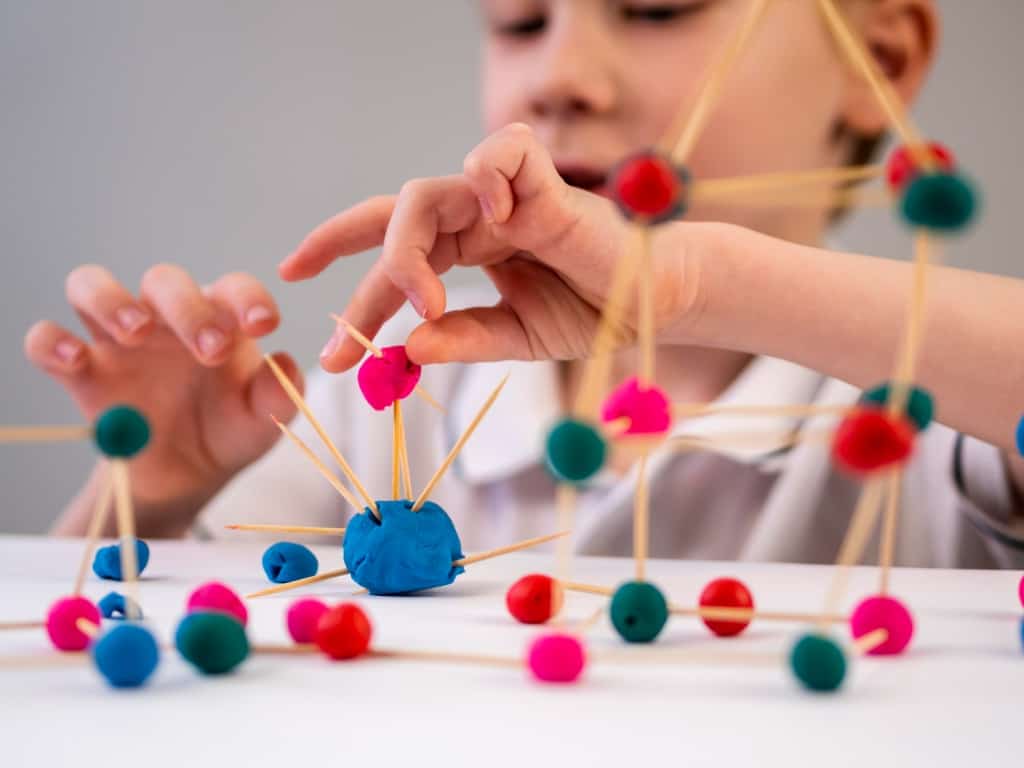
While not all kinesthetic learners will possess every characteristic the same, here are common kinesthetic learner characteristics you need to notice:
Physical movement:
Kinesthetic learners have a high demand for physical activity and may struggle to stay still for a long time.
- They often use hand gestures while speaking or explaining concepts.
- They walk around the room or pace back and forth while studying or thinking.
- They might fidget with pens, squeeze stress balls, or play with small objects in their hands while listening or studying.
Hands-on approach:
They prefer to learn through hands-on experiences and direct manipulation of objects. They enjoy activities that allow them to touch, handle, and interact with materials related to the subject matter.
Tactile stimulation:
They learn best when they can physically experience and explore the texture, weight, and shape of objects.
Learning through action:
A kinesthetic learner understands information by doing and actively participating in the learning process, such as through experiments, demonstrations, or practical applications.
Muscle memory:
Kinesthetic learners have a remarkable ability to remember information and skills through muscle memory. They may excel in activities that require physical coordination, such as sports, dancing, or playing a musical instrument.
Difficulty with passive learning:
A kinesthetic learner may struggle to focus and absorb information in passive learning situations, such as lectures or reading alone.
Need for practical application:
Kinesthetic learners appreciate learning tasks that have real-world relevance and enjoy projects or assignments that allow them to apply them immediately.
Is it a kinesthetic learner or ADHD?
Distinguishing between a kinesthetic learner and ADHD can be difficult. Kinesthetic learners prefer hands-on, physical learning, while ADHD is a neurodevelopmental disorder characterized by persistent patterns of inattention, hyperactivity, and impulsivity that significantly affect daily functioning.
If you're unsure whether you or your child has ADHD, seeking a professional assessment for an accurate diagnosis is crucial.
#3 - Kinesthetic Learning Style Examples
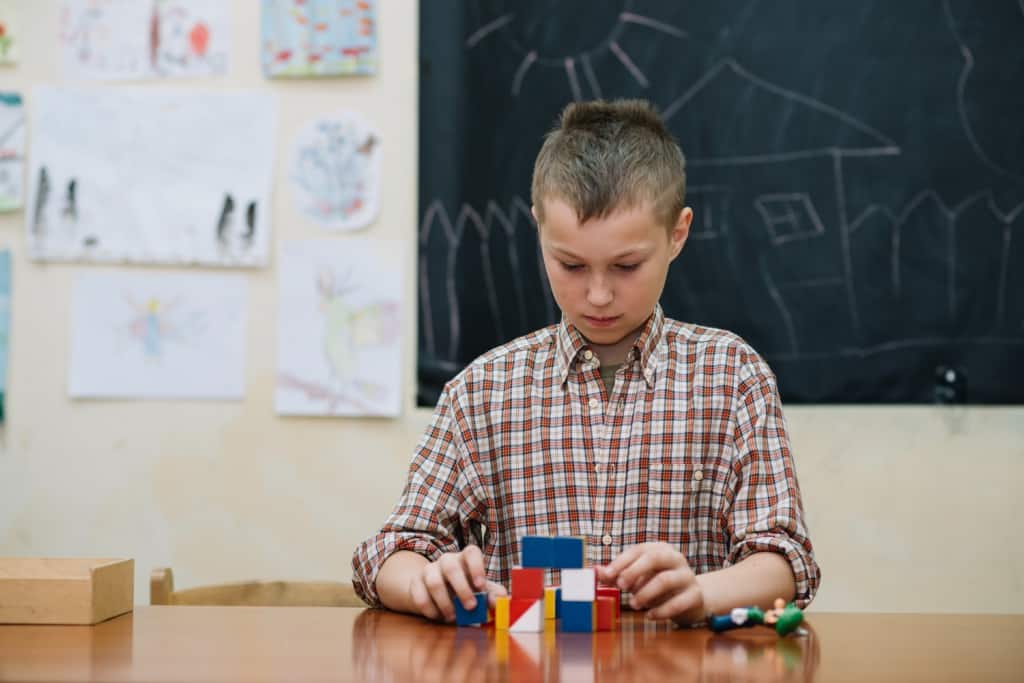
Here are some examples of activities and strategies that cater to the kinesthetic learning style:
- Role-playing: Kinesthetic learners can act out historical events, reenact scenes from literature, or simulate real-life scenarios.
- Hands-on experiments: Whether it's a science experiment, a demonstration, or a physics project, hands-on projects help kinesthetic learners understand and retent concepts.
- Field trips and educational outings: Visiting museums, and historical sites, or participating in nature walks.
- Manipulatives and tactile materials: Providing them with manipulatives and tactile materials, such as blocks, puzzles, models, or sensory objects, can enhance their learning experience.
- Movement breaks and physical activities: Short bursts of physical exercise, stretching, or kinesthetic brain breaks can re-energize them and optimize their learning potential.
- Incorporating gestures and body movements: Encourage learners to use their hands, arms, or body to express concepts, act out processes, or create mental maps can help solidify their understanding.

#4 - What Are the Strengths Of A Kinesthetic Learner?
A kinesthetic learner has several strengths that can benefit their learning experience as follows:
1/ Skilled at applying knowledge in practical, real-life situations
They excel at turning abstract concepts into tangible experiences and practical applications. This ability to bridge the gap between theory and practice equips them with valuable problem-solving and critical-thinking skills.
2/ Gain a deeper level of understanding through physical experiences
The ability to participate in hands-on activities helps kinesthetic learners thrive at internalizing information.
Physically manipulating objects, performing actions, and directly experiencing concepts deepen their understanding and help them make meaningful connections.
3/ Improve problem-solving ability
They learn by doing and are comfortable with trial and error. Their ability to physically manipulate objects, perform experiments, and engage in practical problem-solving enhances their ability to think creatively, adapt, and find innovative solutions.
4/Have strong body awareness
They have a heightened sense of body awareness and proprioception. They are attuned to their body movements and positioning in space, which can aid their understanding of spatial relationships, geometry, and other concepts that involve physical orientation.
5/ Have collaboration and teamwork skills
Kinesthetic learners easily coordinate movements, contribute actively to group projects, and thrive in hands-on team activities. Their ability to physically engage and work with others enhances their communication, leadership, and teamwork skills.

#5 - What Do A Kinesthetic Learner Struggle With?
While kinesthetic learners have unique strengths, they may also face challenges within traditional learning environments. Here are some popular struggles:
1/ Sedentary learning
They often struggle with the passive nature of sitting still for extended periods, as it can hinder their ability to concentrate and engage effectively.
2/ Limited hands-on opportunities
Many traditional teaching methods prioritize visual or auditory learning, which may limit kinesthetic learners' ability to actively engage with the material in a way that aligns with their learning style.
3/ Lack of physicality in assessments
Assessments that heavily rely on written exams or paper-based assignments may not accurately measure kinesthetic learners' understanding and capabilities.
4/ Difficulty with abstract concepts
They may struggle to grasp ideas that are purely theoretical or presented in a detached manner. Without physical interaction or hands-on examples, abstract concepts may feel disconnected and challenging for them to comprehend.
5/ Misunderstandings or labeling
They may be misunderstood or mislabeled as having attention deficit hyperactivity disorder (ADHD) due to their need for physical movement and hands-on learning.
#6 - Best Ways For Kinesthetic Learners To Study

How to study as a kinesthetic learner? Here are some best kinesthetic learning activities and study strategies tailored to kinesthetic learners:
- Take frequent movement breaks: Learner can take breaks every 20-30 minutes to engage in physical activities such as stretching, walking around, or doing quick exercises to maintain focus and prevents restlessness.
- Use flashcards or study aids: Teachers can write questions or terms on one side and answers on the other. Then, allow students to shuffle the cards and use them to quiz, manipulate, and organize them to reinforce their understanding.
- Practice hands-on problem-solving: For subjects like math or science, learners can engage in hands-on problem-solving activities. Use manipulatives, models, or physical objects to work through equations, formulas, or scientific concepts.
- Teach or explain concepts aloud: Learners can pretend to be the teacher and verbally explain topics, processes, or theories to an imaginary audience. Use gestures and physical movements to reinforce the explanations.
- Use role-playing or dramatic reenactment: For subjects like history or literature, students can act out historical events, play the roles of different characters, or recreate scenes from a book.
- Incorporate physical props and visuals: Create posters, diagrams, or mind maps by hand, incorporating color coding, drawings, and other visual elements to reinforce concepts.
- Engage in practical applications: Learners can connect theory to real-world scenarios or engage in hands-on projects related to the subject. For instance, if learning about plants, create a small garden or conduct a botanical experiment.
- Engage in group study or study with a study partner: Students can collaborate with others who have similar learning styles or engage in group study sessions. This allows for interactive discussions, hands-on activities, and the opportunity to learn from each other through physical engagement.
- Utilize technology with interactive features: Take advantage of technology tools and software that offer interactive features like AhaSlides. Live quizzes, polls, and games can provide kinesthetic learners with engaging study experiences.
Final Thoughts
The above is everything you need to know about a kinesthetic learner. By understanding and embracing the strengths and characteristics of kinesthetic learners, we can create an educational environment that to their needs and fosters growth.
Also, don't forget that AhaSlides can enhance the learning experience for kinesthetic learners. From interactive quizzes and polls to collaborative brainstorming activities, AhaSlides allows learners to participate, move, and engage with hands-on material.
Let's explore our template library!
Frequently Asked Questions
What is a kinesthetic learner characteristics?
Here are common kinesthetic learner characteristics:
They thrive on physical movement
They prefer hands-on experiences
They enjoy tactile stimulation
They learn best through action and practical application
They excel in activities that require muscle memory
They struggle with passive learning
Is it kinesthetic learner or ADHD?
Distinguishing between a kinesthetic learner and ADHD can be difficult. Kinesthetic learners prefer hands-on, physical learning, while ADHD is a neurodevelopmental disorder characterized by persistent patterns of inattention, hyperactivity, and impulsivity that significantly affect daily functioning.
If you're unsure whether you or your child has ADHD, it's crucial to seek a professional assessment for an accurate diagnosis.
What does being a kinesthetic learner mean?
Being a kinesthetic learner means that you have a preferred learning style that involves physical movement, touch, and hands-on experiences. You learn best when you actively engage your body when learning and rely on your sense of touch and physical sensations to understand and retain information effectively.
